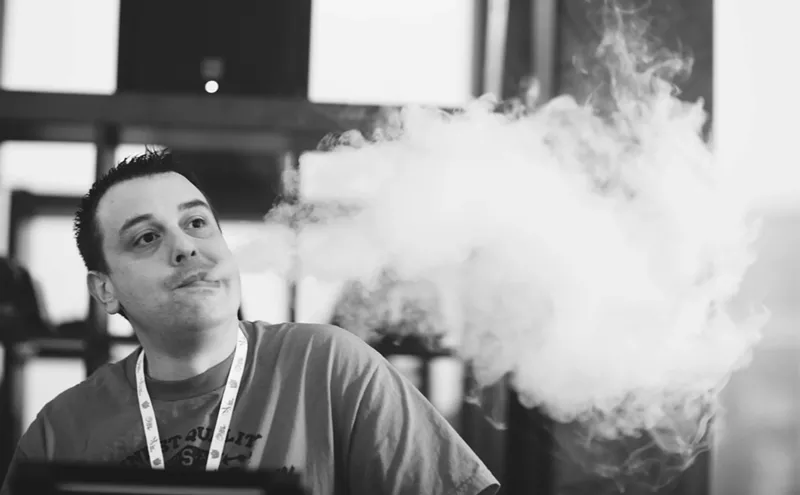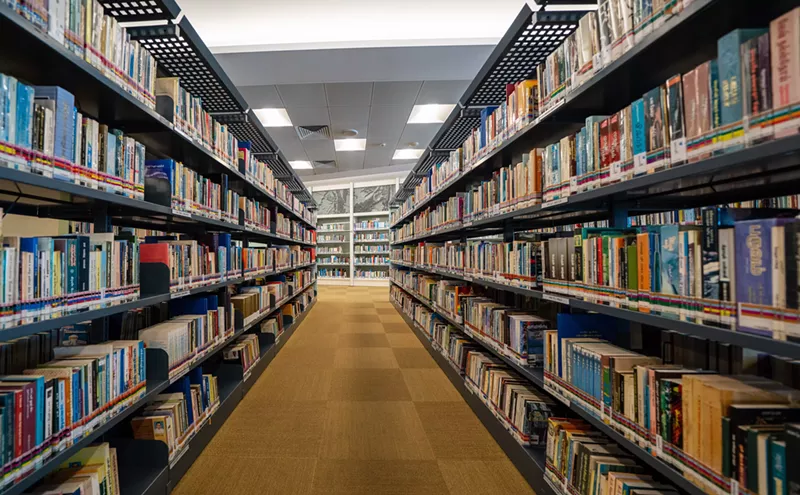Dear Mexican: I was today alerted to the problem of trash dumped on the Sonoran Desert in Arizona and am trying to track down more articles about the issue. That is how I found you. There are lots and lots of piles of trash—looks like clothes—in a wash in Arizona. Can you tell me what's going on?
—Previously Lived in California but Moved to Massachusetts Some Years Ago
Dear Gabacha: Not just clothes but also water bottles, backpacks, plastic bags, human excrement—at least 24 million pounds of trash collected on the Arizona-Mexico border since the beginning of this century, according to the Bureau of Land Management, and almost all of it dropped by Mexicans coming into this country illegally. But if you think the Sonoran Desert is trashed, then you should've seen the Bowery around the turn of the 20th century. I'm not going to make excuses for the Sonoran Desert garbage dump, other than people running for their lives tend to leave things behind, and it's poverty that creates apathy toward neighborhood or environmental cleanliness—and it's not an illegal-only or Mexican-only phenomenon. Not that pointing this out will quiet the Know Nothings who send around the pictures you received as further reasons for denying amnesty to Mexicans, an argument about as logical as using photos of the bleachers after a Boston Red Sox games to boot the team from the major leagues. On segunda thought, booting those bums ain't a bad idea.
I am white and proud. While deciding where to eat, my fellow whites and I sometimes decide to "go eat Mexican." When Mexicans decide to "go eat Mexican," do they say it the way we whites do? Or, do they simply say, "Let's go eat"?
—Big Dick in Dallas
Dear Gabacho: Hey, good luck with that white pride thing—I hear this country's turning pastier by the day! And I'm glad whites still need their Mexican food to properly fuel RAHOWA. But racial stupidities aside, "Mexican" food to Mexicans is like "American" food to Americans: Our cookery is so varied that when we think about eating our food, we go by type of restaurant rather than a whole genre. If we want home-style cooking, we seek out a fonda, the rough equivalent to eating at an inn; if it's something a bit more formal but still casual, a cenaduría. If it's tacos we want, a taquería, por supuesto; the wonderful goat stew birria, a birriería; tortillas, the tortillería. Tamales? We find our neighborhood tamalero. Seafood palaces don't have a formal name but always attach either mariscos or siete mares (the seven seas) to their name, and regional Mexican restaurants use identifiers to let people know their secret, whether the name of a state (Casa Oaxaca), city (Las Brisas de Apatzingán in SanTana specializes in the food of that Michoacán city) or local nickname (if you ever see a restaurant name with the word chilango, it's a Mexico City joint since that's the nickname of the metropolis' residents).
Oh, and while we're on the subject of food, gentle readers: If the "gourmet" food truck trend hasn't hit your 'hood yet, it probably will this year. Do the Mexican a favor and call them luxe-loncheras, because at the end of the día, these trucks have to park at the same commissaries as the so-called roach coaches, so they're really no different, except the luxe-loncheras will charge you four bucks for the same tacos the regular loncheras gives you for two.
GOOD MEXICANS OF THE WEEK! Xokolatl Café is all the way in the El Sereno neighborhood of Los Angeles, but what they do has national implications. They're returning chocolate to its Aztec and Mayan roots by using heritage cacao farms in Mexico to create chocolate drinks based from traditional recipes. You can read more about them whenever I finish my book on the history of Mexican food in the United States—in the meanwhile, visit xokolatlcafe.com and ask your local Chicano coffee shop to talk to them about how to help independent cacao farmers fight the Hershey's-fication of the world's best sweet.












